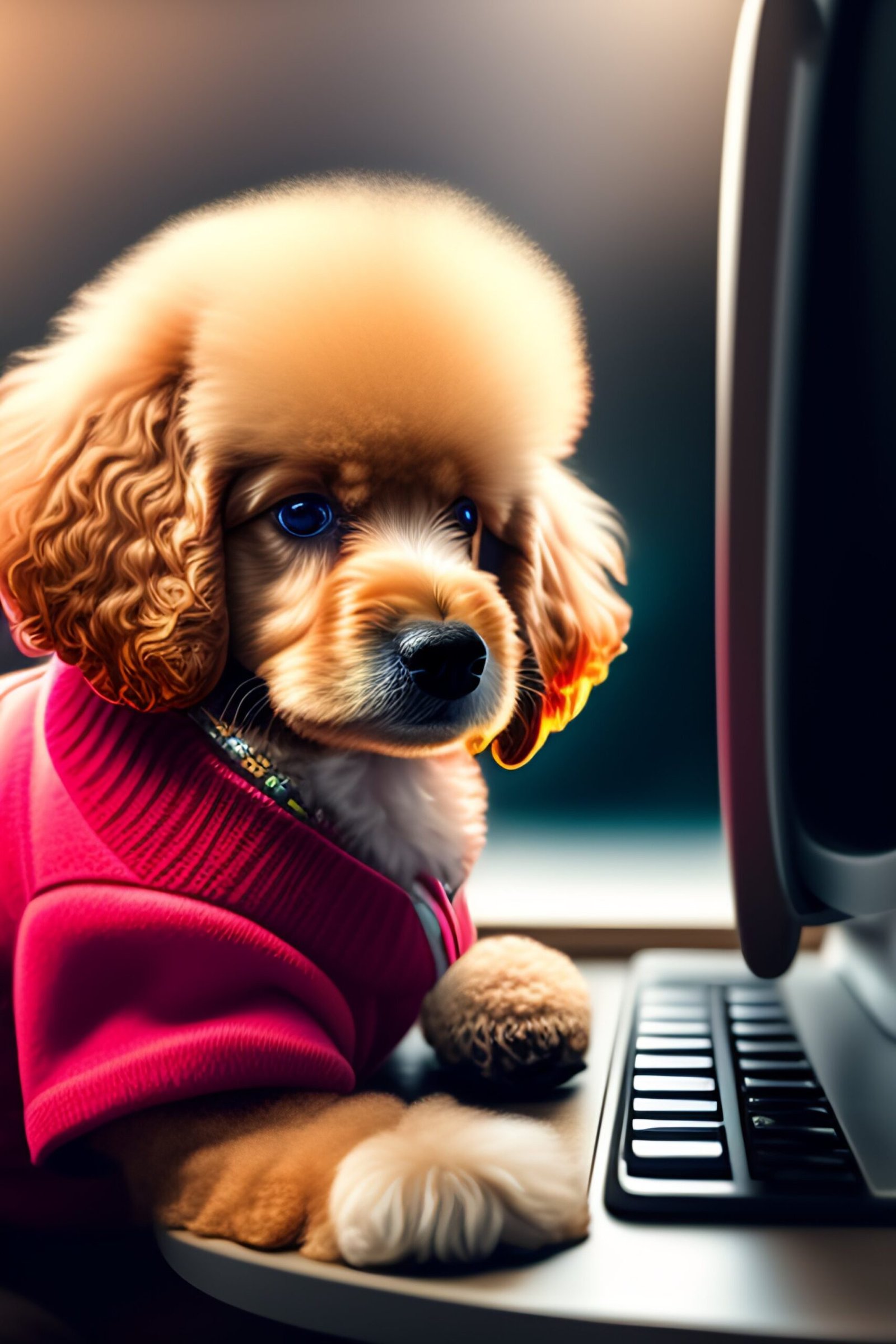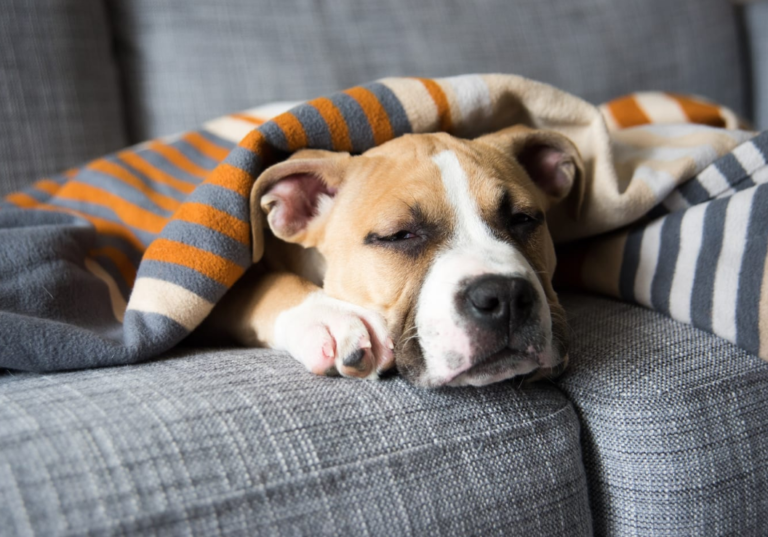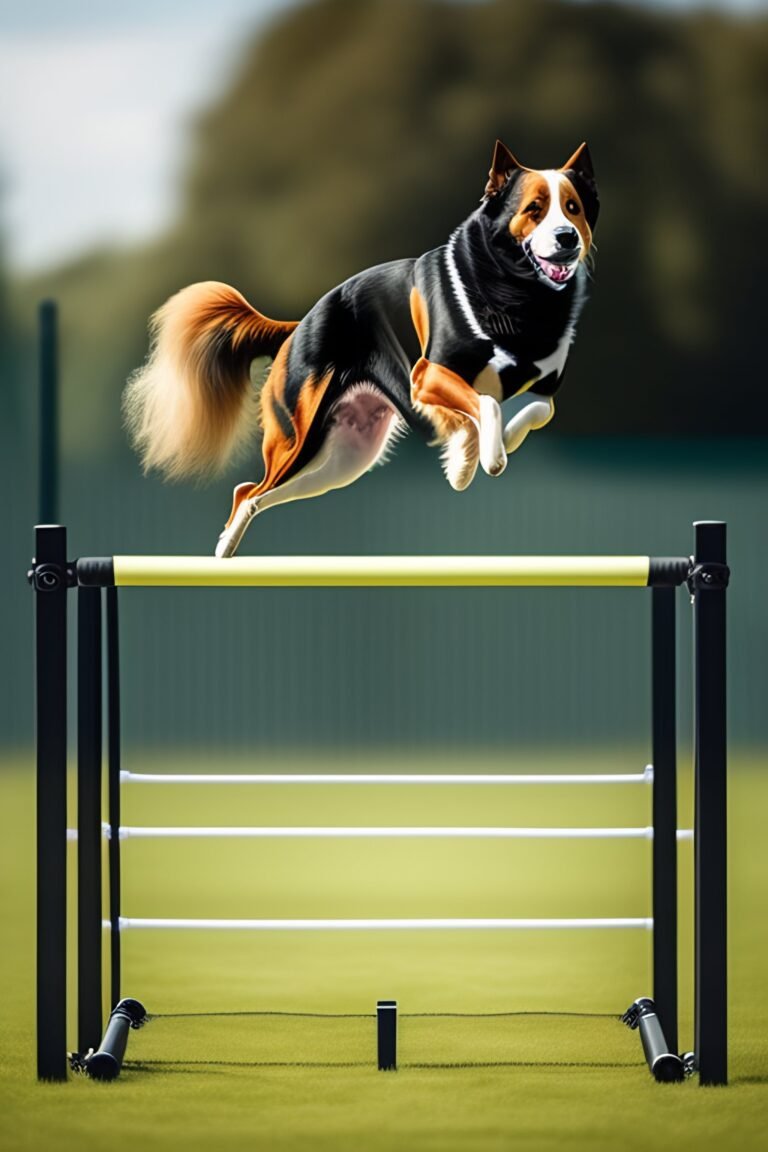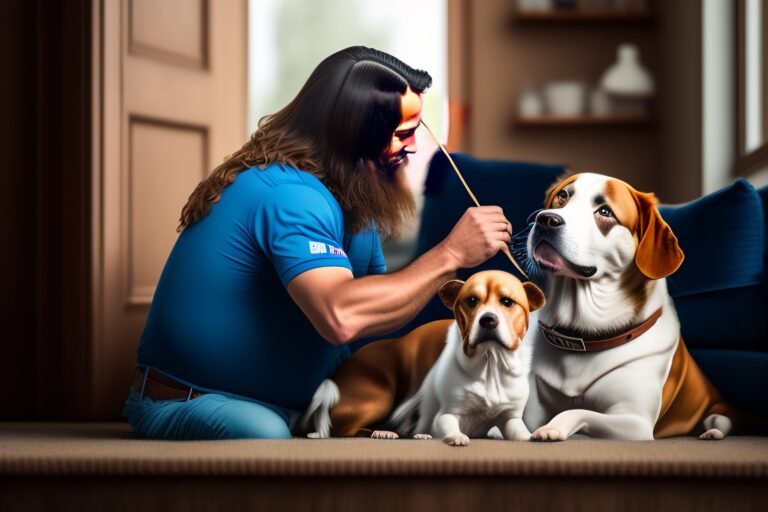Complete Guide to Dog Grooming in 2024
Introduction
Grooming is an important part of caring for your dog. Regular grooming keeps your dog’s coat and skin clean and healthy. Professional dog grooming involves bathing, brushing, clipping fur, trimming nails, cleaning ears, and more. At-home grooming can also be done between professional visits.
This article explains the basics of dog grooming. It covers the elements of a professional grooming session. It gives tips on choosing a qualified dog groomer. It discusses common grooming prices. It provides grooming suggestions for dogs with different types of coats and health conditions. It also recommends top-reviewed dog groomers. Proper grooming prevents problems, catches issues early, and strengthens the bond with your dog. Setting up a regular schedule based on your dog’s needs is key.
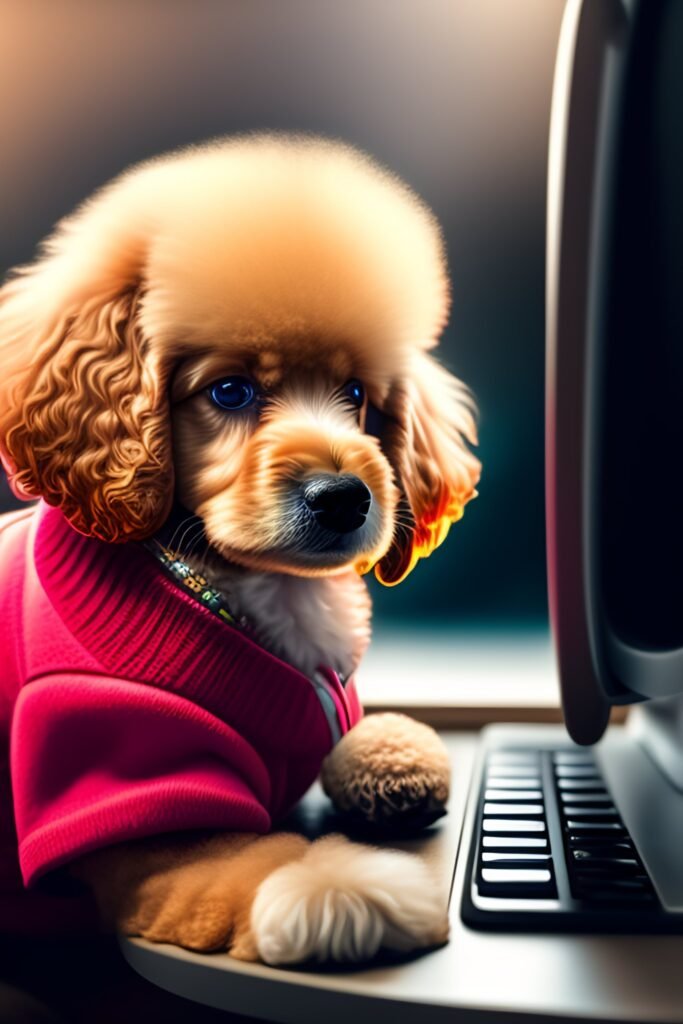
Elements of Dog Grooming
Dog grooming involves caring for your dog’s coat, skin, nails, ears, teeth and more. Key parts of a professional grooming session include:
Bathing – Use dog shampoo and warm water to get your dog’s coat clean. Thoroughly rinsing prevents irritation.
Brushing – Removes loose hair, distributes oils, and stimulates circulation. Using the right brush prevents damage.
Clipping – Trimming your dog’s fur to a manageable length using proper clippers. May focus on matted areas.
Nail Trimming – Cutting nails to a comfortable length to prevent cracking or splitting. Avoiding the quick prevents pain.
Ear Cleaning – Gently cleansing inside your dog’s ears using cotton balls and ear cleanser to remove built up debris and wax.
Tooth Brushing – Regularly brushing your dog’s teeth to control plaque and tartar buildup.
Perfumes/Conditioners – Sprays and wipes can help your dog smell fresh between baths. Leave-in conditioners add coat shine.
Deshedding – Tools like shedding blades, undercoat rakes, and furminators remove excess loose hairs from heavy shedding dogs.
Sanitary Trims – Trimming the hair around the eyes, feet, tail, and rear end keeps these areas clean.
Anti-static Treatments – These products reduce static so your dog’s coat stays smoother after grooming.
Choosing a Dog Groomer
When selecting a dog groomer, consider these tips:
Check online reviews and ask for references to confirm they provide gentle, quality service.
Choose a groomer experienced with your dog’s specific breed and coat type. This ensures proper techniques are used.
Make sure they use high-quality, gentle grooming products to avoid irritation. Harsh soaps can dry out skin and fur.
Look for groomers who have special training in safety procedures and calming anxious or stressed dogs during grooming. Fear-free certification is ideal.
Ask about their cleaning and disinfecting practices between dogs to prevent the spread of fleas, ticks or other parasites in the facility.
Consider convenience factors like convenient drop-off and pick-up times, mobile grooming options, and location near your home or work.
Look for groomers who develop good relationships with dogs through patience, treats, massage, and praise instead of restraints.
Observe the facility for cleanliness, proper organization, ventilation, and quality grooming tools like tubs, tables, clippers, and high-velocity dryers.
See if they accommodate elderly dogs, disabled dogs, or dogs with other special needs requiring extra time and care.
Discuss costs up front and what services are included. Get an itemized price list to avoid surprise charges.
Common Dog Grooming Prices
Dog grooming prices vary based on your dog’s size, coat condition, and services needed. Average costs in the U.S. are:
Small Dogs
Bath & Brush: $30-$50
Haircut with Bath & Brush: $40-$70
Medium Dogs
Bath & Brush: $45-$65
Haircut with Bath & Brush: $55-$85
Large Dogs
Bath & Brush: $55-$70
Haircut with Bath & Brush: $65-$95
Other Common Services:
– Nail trimming: $10-$20
– Teeth brushing: $10-$20
– Flea treatment: $15-$25
– Dematting: $30-$50/hour
– Fancy styling: $5-$20
Mobile Grooming:
– Starts around $100
– More convenient but costs extra
Discounts are sometimes offered for first-time customers, puppies, or multiple pets from the same household. Tip your groomer 15-20% if you are satisfied with the service.
Avoid the cheapest options, as quality may suffer. Grooming is an investment in your dog’s health.
Tips for Grooming Certain Coats
Grooming needs vary based on your dog’s coat type and condition:
Short-Haired Dogs:
– Require less frequent bathing – every 3-6 months may be adequate if kept clean between.
– Focus on regular nail trims, ear cleaning, and tooth brushing.
– Use a rubber brush or hound glove for minimal shedding.
Long-Haired Dogs:
– Require daily brushing to prevent mats and tangles.
– May need professional grooming every 6-8 weeks.
– Bath when dirty using conditioning shampoo/cream rinse for moisture.
– Carefully blow dry and brush to keep coat separated and tangle-free.
Double-Coated Dogs:
– Never shave down to the skin – this damages their protective topcoat.
– Use an undercoat rake weekly during shedding season to remove loose hairs.
– Bathe infrequently to avoid stripping natural oils.
– Blow out undercoat with a high velocity dryer.
Curly/Wire-Haired Dogs:
– Use moisturizing shampoo and conditioner made for curly coats.
– Air dry naturally or carefully blow dry using a diffuser – avoid brush styling wet.
– Carefully separate curls to avoid matting as they dry.
Senior Dogs:
– May need help standing for bathing due to arthritis – consider mobile grooming.
– Keep sessions brief and relaxing.
– Gently trim around problem spots prone to matting like behind ears.
– Focus on dental care, nail trims, and soothing massages.
Conclusion
Regular grooming is essential for your dog’s health and comfort. Professional grooming provides a thorough cleansing, trimming and skin inspection. For in-between baths, try to brush your dog’s coat 1-2 times per week.
When researching dog groomers, look for ones experienced with your specific breed. Make sure they use gentle techniques and quality products. Discuss your dog’s sensitivities. Ask about their safety procedures.
Set up a regular grooming schedule based on your dog’s needs – some only require grooming every 2-3 months, while others may need professional grooming more frequently.
Regular grooming provides benefits including:
– Removing dirt, grease and debris
– Detecting fleas, ticks or skin issues
– Removing excess shedding hair
– Trimming overgrown hair
– Inspecting for any lumps, lesions or abnormalities
– Keeping nails short to prevent injury
– Cleaning ears to avoid infections
– Brushing teeth to improve dental health
Proper grooming keeps your dog clean and comfortable and lets you closely monitor their health. It can also strengthen the bond with your beloved pet.

